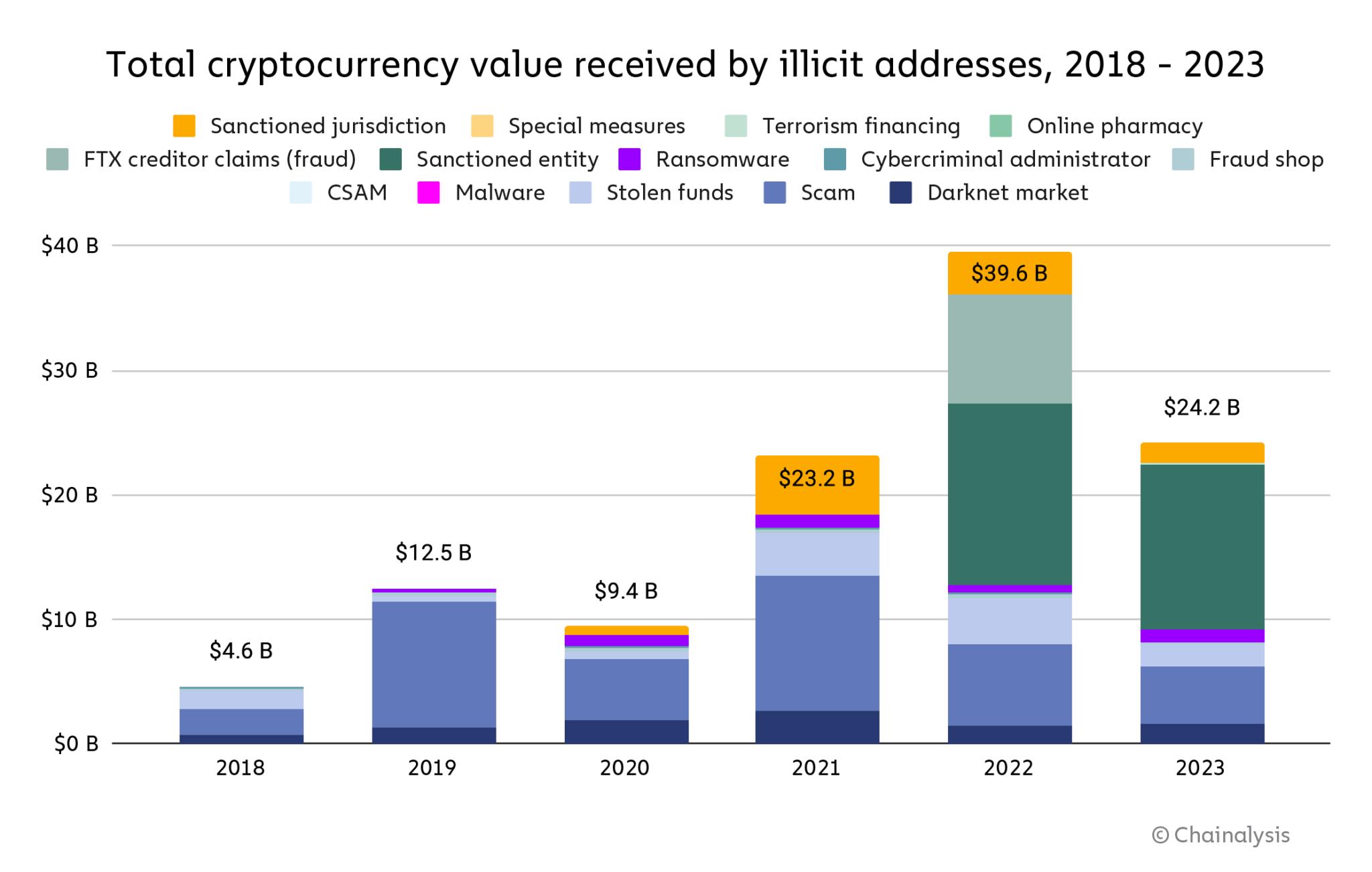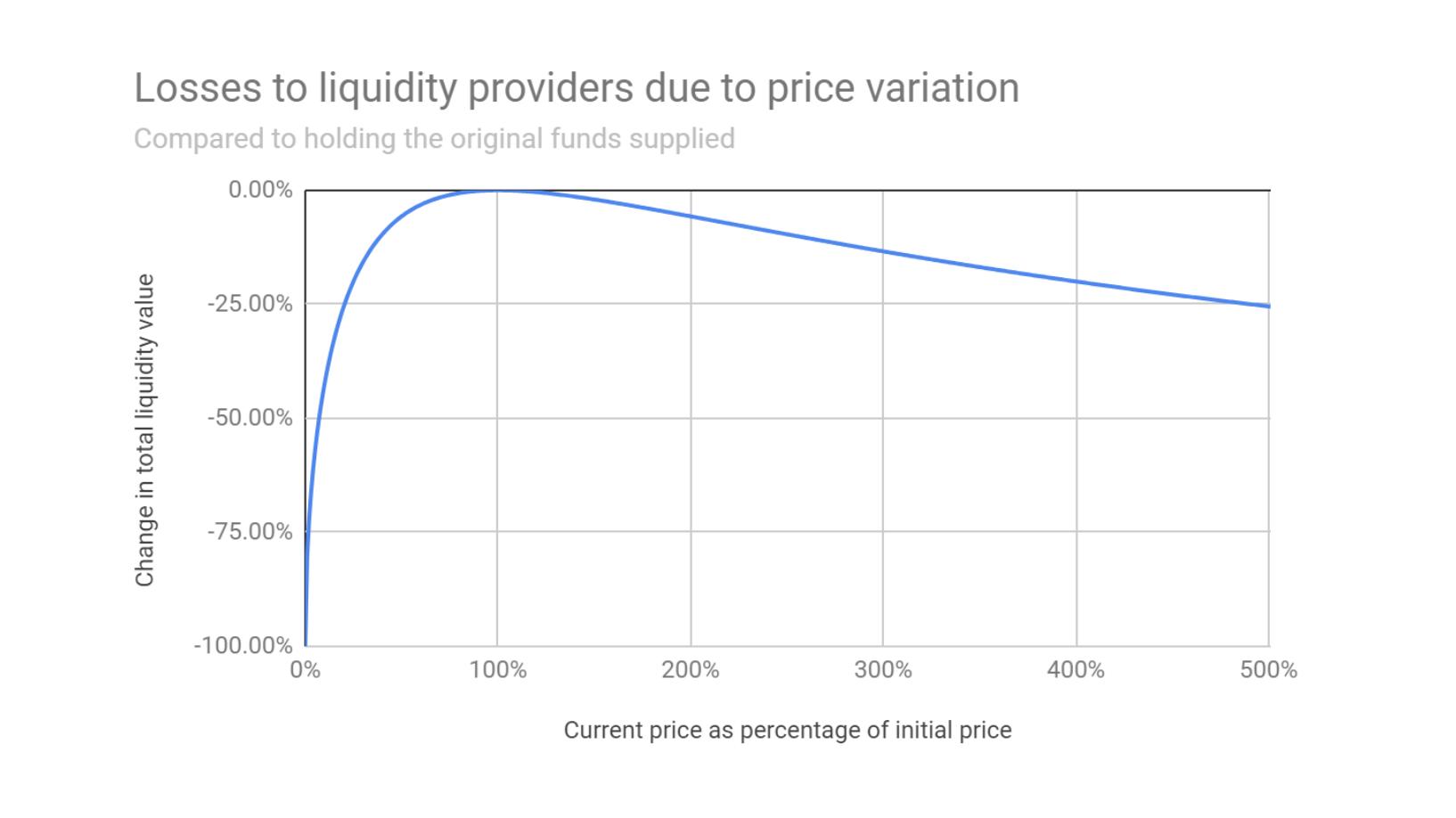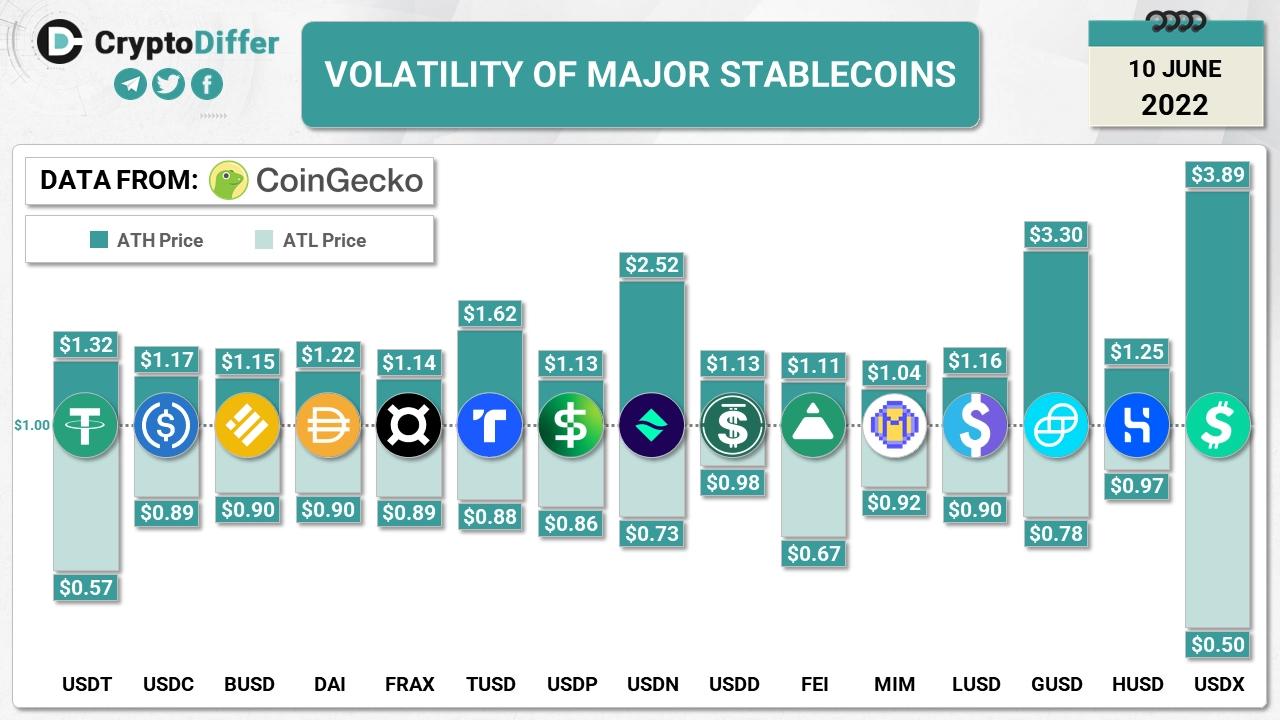- DeFi yields are enticing, but smart contract bugs can erase capital instantly.
- Impermanent loss quietly reduces LP returns when paired asset prices diverge.
- Mitigate risk by using audited, battle-tested protocols, diversifying, and favoring low-volatility or stablecoin pools.
- Treat DeFi as experimental: size positions conservatively, monitor continuously, and prioritize durability over headline APYs.
The Double-Edged Sword of DeFi
Decentralized finance promised us a world in which financial services are open, permissionless, and governed by code. The growth was explosive: billions of dollars now flow through decentralized exchanges, lending platforms, and automatic protocols. However, whereas in the historical world of finance, the system is buffered by regulation, capital requirements, and government backstops, DeFi lives and dies by the strength of smart contracts and the character of its liquidity mechanisms.
It's a bizarre dichotomy for investors. DeFi offers returns and potential that are exponentially larger than those of traditional markets. It also presents the risk of eradicating capital in one day. Two of the best risks in the world at this moment are smart contract defects and impermanent loss. Understanding them is not a luxury; it's a survival condition in the environment.
Smart Contract Vulnerabilities
Smart contracts are at the core of DeFi, programs running automatically and controlling assets and rules. Automation is their beauty. They need no intermediaries; once the code is unleashed, they self-administer trustlessly. But their weakness is also code. Ill-written and cunningly taken advantage of or not thoroughly audited, smart contracts become black holes for investors' money.
History teaches us bracing lessons. The DAO hack in 2016 drained tens of millions of Ether and led to a hard fork of the Ethereum network. Since then, exploits have resulted in hundreds of millions of dollars being drained from lending contracts and bridges. They employ bugs such as reentrancy, oracle manipulation, or unruly logic in draining liquidity pools or minting bad-faith tokens.
Not even audited contracts are exempt. Such complicated systems cause unpredictable interactions in parts, and once released, immutability makes repair difficult. To investors, this means that risk cannot be eliminated, but it can be controlled.

Source: https://www.chainalysis.com
Impermanency Loss in Liquidity Pools
The next significant DeFi-specific risk is impermanent loss. It is the situation in which investors put assets in pairs in liquidity pools, i.e., ETH and USDC, the relative price of one or the other of which changes. Automated market makers adjust the pool so the liquidity providers have more of the depreciating one and less of the rising one.
Loss is “impermanent” only if the price reverts to the previous ratio, yet in reality, assets seldom fully revert. When ETH spikes sharply, providers had potentially been better off having kept ETH instead of offering liquidity. Fees and rewards can compensate for this, yet the risk remains and is especially pronounced in fluctuating markets.
Impermanent loss remains unfamiliar to novice investors lured by high annual percentage returns. The payout may appear profitable, yet considering the impermanent loss, the real returns prove lower, and even a loss.

Source: https://www.finematics.com
The Interaction of Risk and Return
Smart contract risk and impermanent loss encompass the risk profile of DeFi. The first allows for catastrophic, sudden loss through technical attacks. The second eats away at returns gradually, usually without visible warning, till earnings are a disappointment.
However, investors continue to participate because the returns are just as compelling. Fees, token incentives, and voting rights hold out a promise that aged finance cannot match. The issue is not how to avoid risk at any cost, but how to balance it smartly.
Diversification of funds across many protocols reduces the risk of a single failure. Blue-chip projects with long track records lessen the risk associated with smart contracts. Low-volatility pair pools and stablecoin-to-stablecoin pair pool reductions reduce the risk of impermanent loss. These do not eliminate risk but transfer it from the existential kind to a tolerable one.

Source: https://www.cryptodiffer.com
Institutional and Regulatory Perspectives
As DeFi expands, institutions are paying close attention. For them, smart contract flaws are warning signs, keeping mass-scale adoption at bay until systems develop. Insurance products are emerging, providing coverage for hacks or failures, but they are costly and experimental.
Regulators are also concerned. Without regulation, retail investors are exposed to the risk that they themselves might not understand. The next phase of DeFi’s maturation is likely going to be characterised by this confrontation. Protocols that find a balance of transparency, thorough audits and user education are more likely to experience healthy adoption. These institutional tracks can serve as a guideline for investors. The processes that win the confidence of institutions are usually those that have successfully managed stress tests, formulated good governance, and aligned incentives for long-term resilience.
DeFi Safely Navigated
DeFi investing is a risk-reward trade-off mentality. Protocols should be viewed as experiments, rather than yield certainty machines. Smart contracts can fail, reward tokens can plummet, and impermanent loss can devour returns. However, by conducting proper due diligence, making judicious allocations, and maintaining ongoing monitoring, DeFi can still be a valuable component of a diversified portfolio.
The most successful entrants are sceptics and optimists. They value the potential for transformation presented by the decentralised system but are pragmatic about their vulnerability. They give up the most significant rewards in favor of durability, favoring protocols which endure the test of time.
Conclusion: The Cost of Innovation
DeFi is raw innovation and offers freedom and vulnerability. Defects in smart contracts and impermanent loss indicate the price of liberty. They also remind investors that the rewards are real, and so are the risks; they need discipline, research, and humility. For investors who understand these risks, DeFi is a remarkable frontier. It's not about eliminating risk but about accepting it knowingly, taking part in a system still under construction while protecting capital as best you can. The balance in this equation contains the essence of DeFi investing: navigating the uncertain for the potential of a radically new financial architecture.


